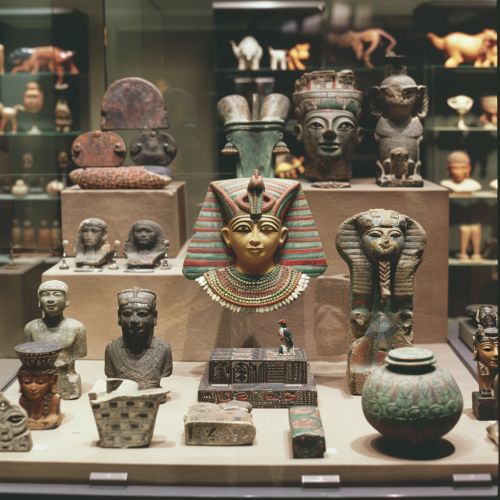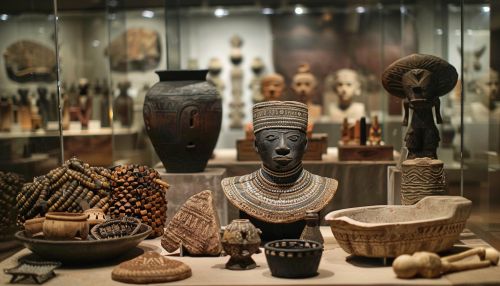Cultural Heritage
Definition and Overview
Cultural heritage refers to the legacy of physical artifacts and intangible attributes of a group or society that are inherited from past generations, maintained in the present, and bestowed for the benefit of future generations. It includes tangible culture (such as buildings, monuments, landscapes, books, works of art, and artifacts), intangible culture (such as folklore, traditions, language, and knowledge), and natural heritage (including culturally significant landscapes, and biodiversity).


Tangible Cultural Heritage
Tangible cultural heritage is physical, or "touchable" culture. Examples include buildings, historic places, monuments, artifacts, etc. These are split into two groups: movable and immovable heritage.
Movable Heritage
Movable heritage includes books, paintings, sculptures, coins, stamps. Movable heritage items are usually located in museums, archives, or collections, and can be moved from one location to another. These items are often of great historical and personal value, and require careful preservation to ensure their ongoing survival.
Immovable Heritage
Immovable heritage includes monuments, archaeological sites, and cultural landscapes. This type of heritage cannot be moved and is often exposed to the elements. Immovable heritage includes structures like castles, ruins, and other historic buildings, as well as landscapes and other large-scale environments that have cultural significance.
Intangible Cultural Heritage
Intangible cultural heritage includes practices, representations, expressions, knowledge, skills – as well as the instruments, objects, artifacts and cultural spaces associated with these – that communities, groups and, in some cases, individuals recognize as part of their cultural heritage. This intangible cultural heritage, transmitted from generation to generation, is constantly recreated by communities and groups in response to their environment, their interaction with nature and their history, and provides them with a sense of identity and continuity.
Oral Traditions and Expressions
Oral traditions and expressions are a type of intangible cultural heritage that includes languages as a vehicle of the intangible cultural heritage and oral traditions. This can include stories, legends, songs, and other types of oral literature.
Performing Arts
The performing arts are another form of intangible cultural heritage. This includes traditional music, dance, and drama.
Social Practices, Rituals, and Festive Events
Social practices, rituals, and festive events are also considered intangible cultural heritage. This can include religious ceremonies, rites of passage, cooking traditions, and festivals.
Natural Heritage
Natural heritage refers to the sum total of the elements of biodiversity, including flora and fauna, ecosystems and geological structures. Natural heritage can be classified as either terrestrial heritage, such as forests and wildlife, or marine heritage, such as coral reefs and underwater ecosystems.
Preservation of Cultural Heritage
The preservation of cultural heritage has become an industry in itself, with many new careers and professions dedicated to the preservation and protection of our shared cultural heritage. This includes roles in museums, heritage sites, and even roles within government and international bodies.
